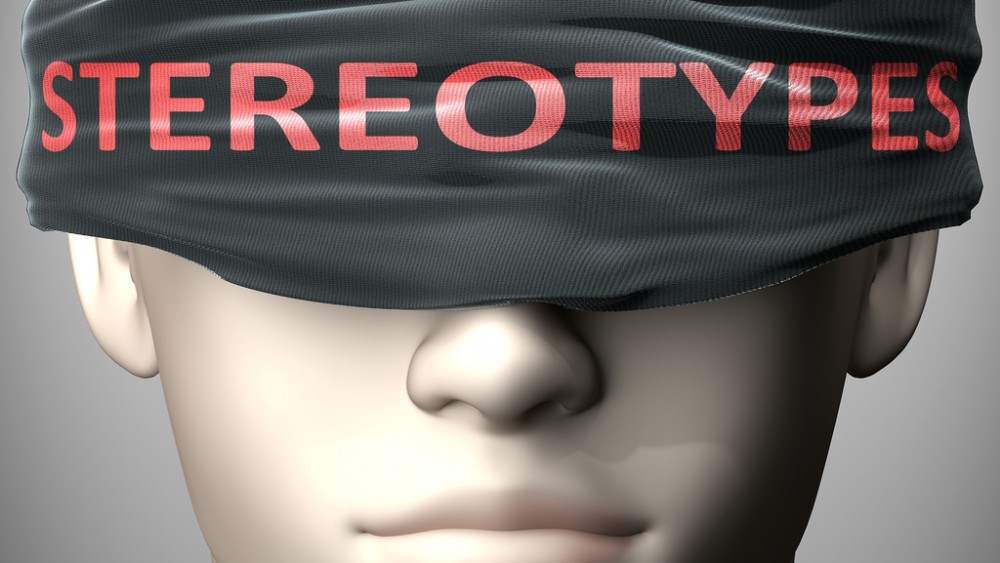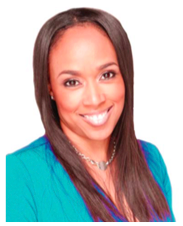
Understanding Diversity and Resisting Stereotypes
If we cannot end now our differences, at least we can help make the world safe for diversity.
– John F. Kennedy
Diversity is the recognition of individual differences along the lines of race, gender, culture, religion, ethnicity, age, religious beliefs, and many other factors.
Consider the scenario below:
Harold walked into the break room to use the microwave. He overheard two of his co-workers, talking. Their conversation turned to other staff members, and Harold overheard one of them say, “I don’t think Jamal’s very bright. I don’t know how he keeps his job here.”
The other said, “He only keeps his job here because of his skin color.”
Harold blinked, taken aback. He walked up to his two co-workers and said, “The comment you made is offensive, and there are laws against speaking about co-workers that way. I’d leave that kind of talk out of the workplace if I were you.”
The two co-workers looked embarrassed. They apologized for their statement and reassured Harold that he wouldn’t hear comments like that again in the workplace.
Were you able to identify the cause for Harold’s shock? Yes! This is an example of what we would call a prejudiced society.
Well, this kind of stereotype/bias has been prevalent in the United States for a long time. A brief overview of the related history is discussed below.
A Brief History
Even after the passage of civil rights laws beginning in the 1960s, equal opportunity initiatives for minorities and women were not prevalent. Because prejudice can take on many subtle, yet effective forms, private and public institutions remained all-white or all-male long after court decisions or statutes formally ended discrimination.
Both the courts and Republican and Democratic administrations looked to race and gender-conscious remedies to end persistent discrimination. President John F. Kennedy created a Committee on Equal Employment Opportunity in 1961 and designated the term “affirmative action” for measures designed to achieve non-discrimination, Title VII was enacted as part of the Civil Rights Act of 1964, ending discrimination by large private employers — whether or not they had government contracts. In 1965, President Lyndon Johnson issued an executive order requiring federal contractors to take affirmative action to ensure equality of employment opportunity without regard to race, religion, and national origin. (Gender was later added.)
There were important civil rights organizations that were formed or grew in scope like the National Organization for Women (NOW), the National Association of the Advancement of Colored People (NAACP), and the AARP. There are also several Hispanic organizations promoting civil rights and equality in the workplace such as the League of United Latin American Citizens.
Apart from the Civil Rights Act, many other laws were enacted like the Equal Pay Act, Discrimination in Employment Act, Equal Employment Opportunity Act, Sections 501 and 505 of the Rehabilitation Act, Civil Service Reform Act (CSRA), Title I and Title V of the Americans with Disabilities Act (ADA), Family Leave and Medical Act (FMLA).
In the ensuing years, these laws have been continually amended to expand the protections offered to more workers in a wider variety of employer sizes and conditions.
Factors contributing to a biased society
So, now that we have seen how diversity has been innate in the United States, let us look at two important factors contributing to the prevalence of a biased society – stereotype and bias.
Stereotype – A stereotype is a conventional, formulaic, and oversimplified conception, opinion, or image. One who stereotypes generally thinks that most or all members of an ethnic or racial group are the same.
Bias – Bias is a preference or an inclination, especially one that inhibits impartial judgment. The use of bias is more subtle.
Once you are aware of the cause behind the biased responses, it is time to learn how to transform these stereotypes to inclusiveness.
Tackling Stereotypes
From an early age, you learn to place people and objects into categories. As you grow up and are influenced by parents, peers, and the media, your tendency to label different racial, cultural, or other groups as superior or inferior increases significantly. This can be referred to as your baggage.
Though often you are unaware of what constitutes your baggage, you can begin to uncover it by monitoring your thoughts when you encounter an ethnic last name, see skin color, hear an accent different than yours, interact with someone who has a disability, or learn that a person is gay.
As these events occur, look for consistency. Do you have the same reaction to members of a given group each time you encounter him or her? Ask yourself: “Do I have these reactions before — or after I have a chance to know the individual?” If the answer is before, these are your stereotypes. Work to label these automatic responses as stereotypes and remind yourself that they are not valid indicators of one’s character, skills, or personality. Because stereotyping is a learned habit, it can be unlearned with practice. And remember not to judge yourself; a thought is private, and not an action.
The Takeaway
Knowing as much as you can about your own ethnocentrism helps you recognize how discomfort with differences can prevent you from seeing others as “fully human”. With practice, you can identify feelings and thoughts, filtering them through a system of questions designed to help you change your baggage or perceptions.
Note: This post is excerpted from Dr. Cherry Collier’s “The Science and Art of Breaking Down the Barriers and Bias in Diversity” available here.

